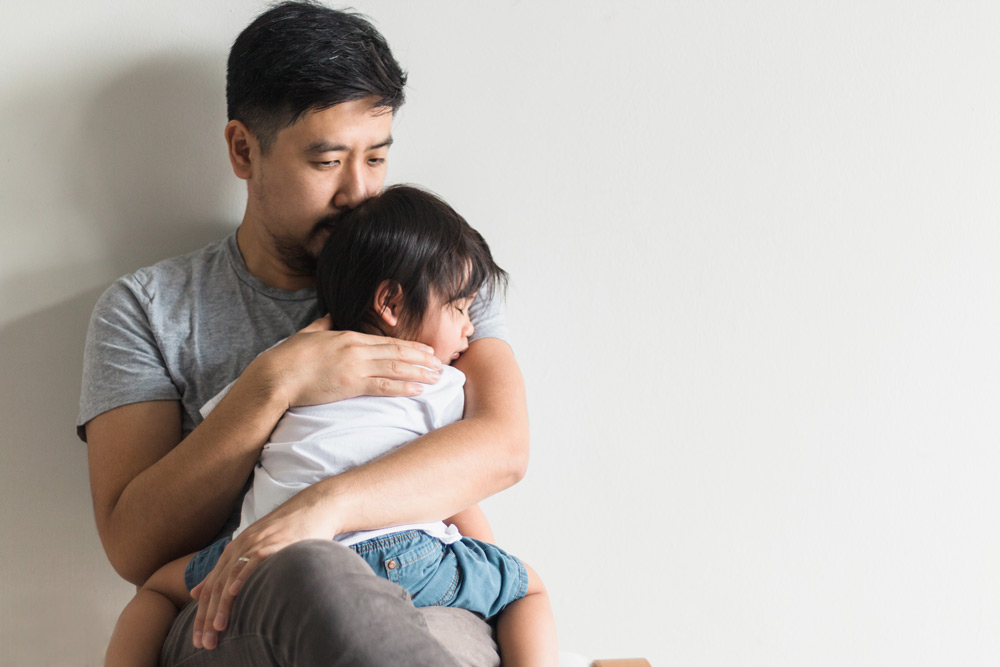Severe Cases of Respiratory Syncytial Virus (RSV) on the Rise in Minnesota
Cases of Respiratory Syncytial Virus (RSV) are on the rise in Minnesota. It’s a common respiratory illness that causes mild cold and flu-like symptoms in most people.
However, it can be particularly dangerous in young children, especially infants 6 months and younger. According to the Centers for Disease Control and Prevention (CDC), emergency hospitalizations for RSV are nearing peak levels in many U.S. regions.
Typically, the virus is seen in children ages 2 and under but, according to CentraCare – Plaza Pediatrician Jessica Najarian-Bell, MD, we’re seeing more cases of older children with RSV and it’s happening earlier in the season.
“Some of the older kids are getting it because they didn’t get it in those two years with a pandemic,” said Dr. Najarian-Bell. “Their bodies have not been exposed to the virus and now they’re getting sick with it.”
Another reason we’re seeing a spike in more cases of RSV is that pregnant women during the pandemic weren’t necessarily exposed to the virus due to an increased focus on public hygiene practices, masking and social distancing.
“The babies are getting it now as well because they didn’t get all those antibodies that sometimes they would from mom,” said Dr. Najarian-Bell.
Signs your child may have RSV include sneezing, coughing, trouble breathing, wheezing, decreased appetite, runny nose and a fever that lasts 5 to 7 days.
Older children with mild cases of RSV can be treated at home with over-the-counter fever-reducing medications and by drinking plenty of fluids.
If your child is struggling to breathe, wheezing or dehydrated, it’s time to see a health care provider, as those are signs of more serious cases.
There’s currently no vaccine for RSV. To help prevent the spreading of the virus, the CDC recommends that you wash your hands, keep your hands off your face, avoid close contact with sick people, cover your coughs and sneezes, clean and disinfect surfaces and stay home when you’re sick.
